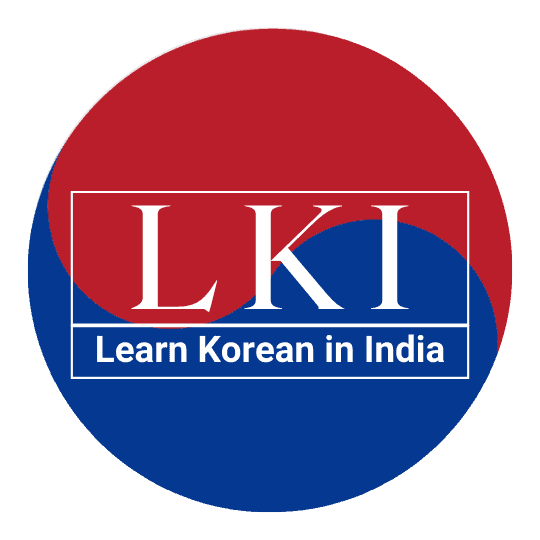Let's learn how to use "V+(으)러 가다/ 오다 [Korean grammar]" and make some example sentences.
V+(으)러 가다/오다 (Korean Grammar)
USE:
V+(으)러 가다/ 오다 Korean grammar pattern is used to express the intention or purpose of going and coming somewhere.
It equals to "in order to do something " in English and 가다, 오다 or 다니다 always comes after the verb in the sentence.
CONJUGATION RULE:
V+(으)러 가다/ 오다 grammar is used with verbs. The first step of ‘V+(으)러 가다/ 오다’ conjugation is to remove ‘다’ from the base form of the verb.
- If the verb stem is ending with a final consonant (받침), we use V+으러 가다/ 오다.
- If the verb stem is ending with any vowel( without patchim) then ‘V+러 가다/ 오다’ is used.
So let's take a verb 먹다(to eat). if you remove 다 from 먹다, 먹 (stem) is left. And then, look at the stem. So in the 먹, is ending with final consonant i.e. Patchim.
According to the conjugation rule, if the stem is end with Patchim, we add (으)러 가다/ 오다.
so it becomes 먹으러 가다/ 오다.
If you want to say- I am going to eat.
Then you'll say- 저는 먹으러 가요.
EXAMPLE SENTENCES:
- 점심을 먹으러 가요. (I am going to have a lunch.)
- 우리는 쇼핑하러 가요. ( We are going to shopping.)
- 한국어를 배우러 왔어요. ( I came to learn Korean.)
- 책을 읽으러 도서관에 가요. (I go to library to read books.)
- 친구를 만나러 왔어요. (I came to meet my friend.)
- 돈을 찾으러 은행에 가요. (I am going to the bank to withdraw some money.)
EXCEPTIONS:
놀다 → 놀러 가다/오다
살다 → 살러 가다/오다
듣다 → 들으러 가다/오다
짓다 → 지으러 가다/오다
돕다 → 도우러 가다/오다

